What Is Monocular And Binocular Vision ?
Monocular vision refers to the ability to see with one eye, while binocular vision refers to the ability to see with both eyes simultaneously. Binocular vision allows for depth perception and the ability to perceive objects in three dimensions.
1、 Monocular vision: Perception with one eye.
Monocular vision refers to the perception of the environment using only one eye. This type of vision is common in animals with eyes on opposite sides of their head, such as horses and rabbits. Monocular vision provides a wider field of view, allowing animals to detect predators or prey from a greater distance. However, it also limits depth perception and makes it difficult to judge distances accurately.
Binocular vision, on the other hand, involves the use of both eyes to perceive the environment. This type of vision provides a more accurate perception of depth and distance, allowing animals to navigate their environment more effectively. Binocular vision is common in predators, such as cats and owls, who need to accurately judge the distance to their prey in order to catch it.
Recent research has shown that binocular vision is not just important for depth perception, but also plays a crucial role in other aspects of visual processing, such as object recognition and visual attention. In fact, some studies suggest that binocular vision may be essential for the development of certain cognitive abilities, such as spatial reasoning and problem-solving.
Overall, while monocular vision provides a wider field of view, binocular vision is essential for accurate depth perception and other aspects of visual processing.
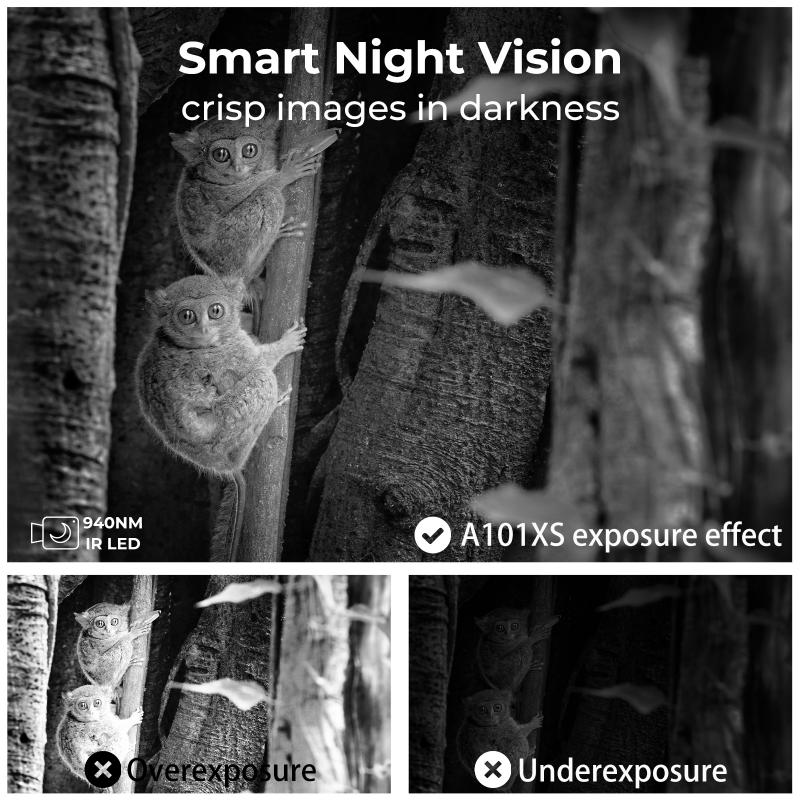
2、 Binocular vision: Perception with both eyes.
Binocular vision is the ability to perceive visual information with both eyes simultaneously. This allows for depth perception, which is the ability to perceive the distance between objects in three-dimensional space. Binocular vision is essential for many activities, such as driving, playing sports, and navigating through the environment.
Monocular vision, on the other hand, is the ability to perceive visual information with only one eye. While monocular vision can provide some depth perception cues, it is not as accurate as binocular vision.
Recent research has shown that binocular vision is not just important for depth perception, but also for other aspects of visual processing. For example, binocular vision is thought to play a role in visual attention, visual memory, and even language processing.
In addition, some studies have suggested that binocular vision may be important for overall cognitive function. For example, one study found that people with better binocular vision had better cognitive performance on tasks such as working memory and attention.
Overall, binocular vision is a crucial aspect of human visual perception, and its importance extends beyond just depth perception.
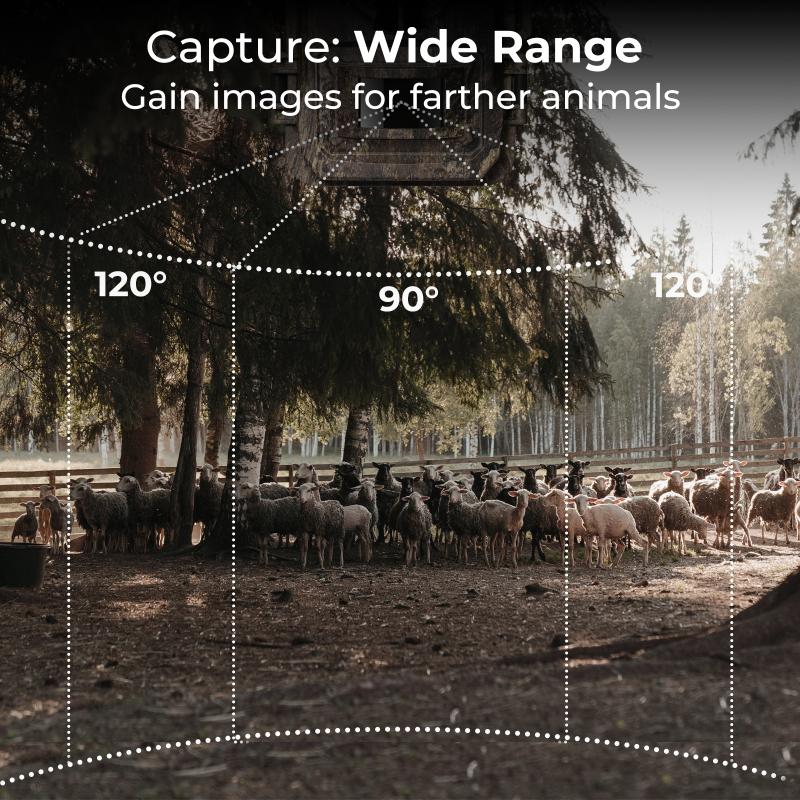
3、 Stereopsis: Depth perception from binocular vision.
Stereopsis is the ability to perceive depth and three-dimensional space through binocular vision, which is the ability to use both eyes simultaneously to create a single, unified image. This is achieved through the brain's ability to fuse the slightly different images received by each eye, which allows for the perception of depth and distance.
Monocular vision, on the other hand, is the ability to see with only one eye. While monocular vision can provide some depth perception through the use of cues such as perspective and shading, it is not as accurate as binocular vision.
Recent research has shown that stereopsis and binocular vision are not only important for depth perception, but also for other visual functions such as visual acuity, contrast sensitivity, and color perception. Additionally, studies have found that individuals with impaired binocular vision may experience difficulties with tasks such as driving, reading, and sports.
Overall, stereopsis and binocular vision play a crucial role in our ability to perceive and interact with the world around us.
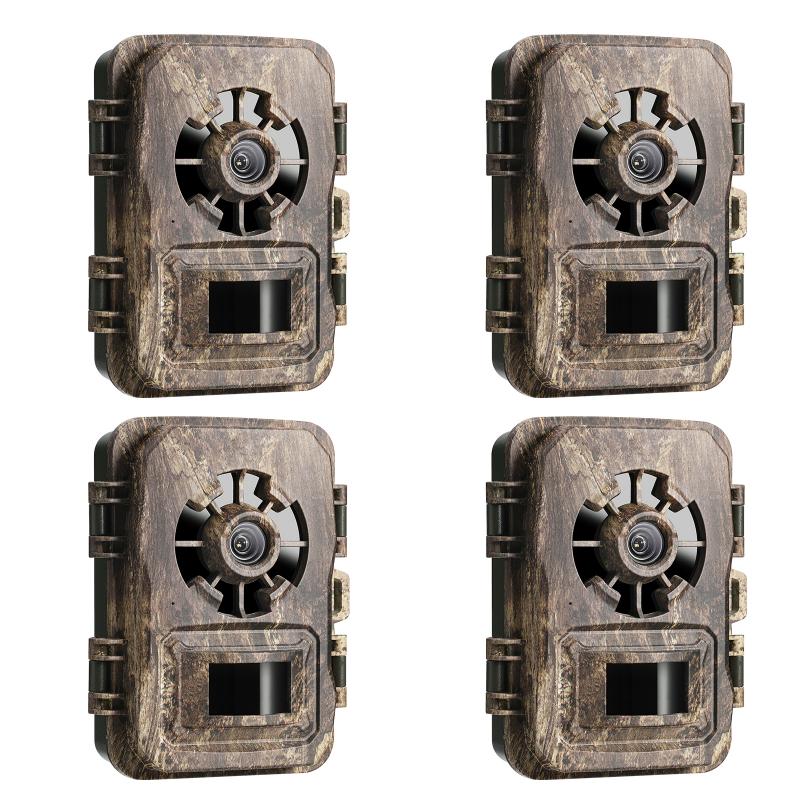
4、 Convergence: Eye movement to focus on a nearby object.
Convergence is the eye movement that occurs when focusing on a nearby object. This movement is necessary for both monocular and binocular vision. Monocular vision refers to the ability to see with one eye, while binocular vision refers to the ability to see with both eyes.
In monocular vision, the brain receives visual information from only one eye. This limits depth perception and makes it difficult to judge distances accurately. However, monocular vision is still useful for tasks such as reading, driving, and watching television.
Binocular vision, on the other hand, allows for greater depth perception and more accurate distance judgment. This is because the brain receives visual information from both eyes, which allows it to compare the images and create a 3D representation of the world. Binocular vision is essential for tasks such as catching a ball, driving, and navigating through a crowded space.
Recent research has shown that binocular vision may also play a role in cognitive processes such as attention and memory. Studies have found that people with better binocular vision tend to have better attention and memory skills. This suggests that improving binocular vision may have benefits beyond just visual perception.
In conclusion, convergence is an important eye movement that is necessary for both monocular and binocular vision. While monocular vision is useful for certain tasks, binocular vision provides greater depth perception and may also have cognitive benefits.




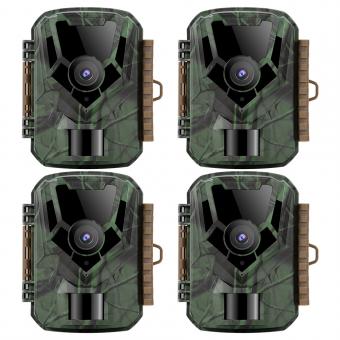



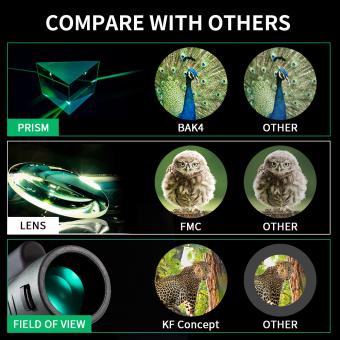






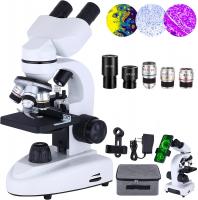

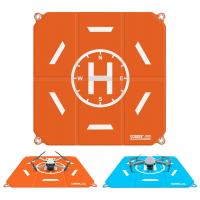







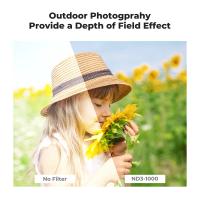
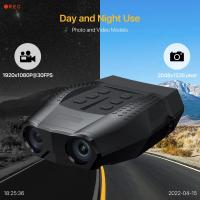
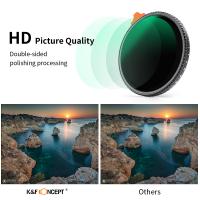


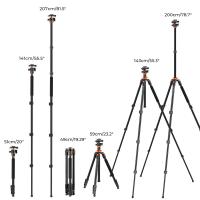
There are no comments for this blog.